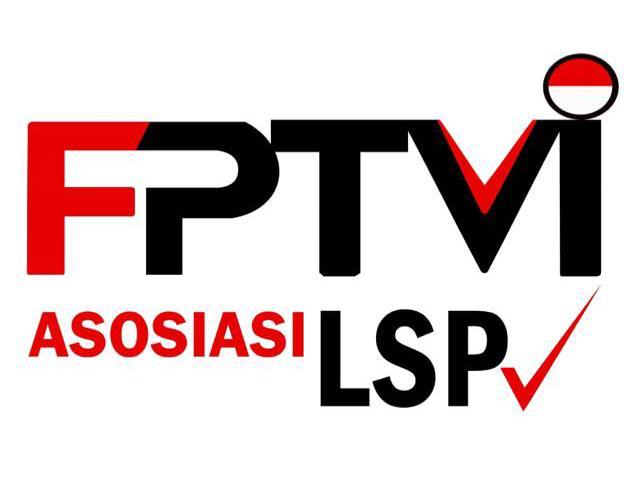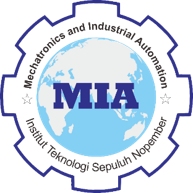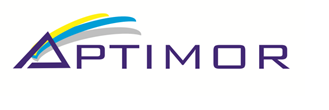The Effectiveness Test of Ultrasonic Extraction Microwave Distillation (USE-MD) Method in Capsaicin Extraction
Abstract
Keywords
Full Text:
PDFReferences
BADAN KETAHANAN PANGAN KEMENTERIAN PERTANIAN, “Data Statistik Ketahanan Pangan Tahun 2014 Badan Ketahanan Pangan,” 2015.
T. H. C. Dewi, L. U. Khasanah, and Kawiji, “Optimasi Ekstraksi Oleoresin Cabai Rawit Hijau (Capsicum Frutescens L.) Melalui Metode Maserasi,” vol. 1, no. 1, 2012.
M. A. Bernal, A. A. Calderon, M. A. Pedreno, R. Munoz, A. R. Barcelo, and F. M. de Caceres, “Capsaicin oxidation by peroxidase from Capsicum annuum (variety Annuum) fruits,” J. Agric. Food
Chem., vol. 41, no. 7, pp. 1041–1044, 1993.
G. F. Barbero, J. M. G. Molinill, R. M. Varela, M. Palm, F. A. Macía, and C. G. Barroso, “Application of Hansch’s Model to Capsaicinoids and Capsinoids: A Study Using the Quantitative Structure−Activity Relationship. A Novel Method for the Synthesis of Capsinoids,” J. Agric. Food Chem., vol. 58, pp. 3342–3349, 2010.
G. F. Barbero, A. Liazid, M. Palma, and C. G. Barroso, “Ultrasound-assisted extraction of capsaicinoids from peppers,” Talanta, vol. 75, no. 5, pp. 1332–1337, 2008.
H. T. Huynh and R. W. Teel, “In vitro antimutagenicity of capsaicin toward heterocyclic amines in Salmonella typhimurium strain TA98,” Anticancer Res., vol. 25, no. 1 A, pp. 117–120, 2005.
P. Anandakumar, S. Kamaraj, S. Jagan, G. Ramakrishnan, and T. Devaki, “Capsaicin provokes apoptosis and restricts benzo(a)pyrene induced lung tumorigenesis in Swiss albino mice,” Int. Immunopharmacol., vol. 17, no. 2, pp. 254–259, 2013.
C. H. Martini et al., “A novel approach to identify responder subgroups and predictors of response to low- and high-dose capsaicin patches in postherpetic neuralgia.,” Eur. J. Pain, vol. 17, no. 10, pp. 1491–1501, Nov. 2013.
N. Ercan, M. O. Uludag, E. R. Agis, and E. Demirel-Yilmaz, “The anti-inflammatory effect of diclofenac is considerably augmented by topical capsaicinoids-containing patch in carrageenan-induced paw oedema of rat,” Inflammopharmacology, vol. 21, no. 6, pp. 413–419, 2013.
D. H. Wardhani, D. K. Sari, and A. Prasetyaningrum, “Ultrasonic-assisted extraction of antioxidant phenolic compounds from Eucheuma cottonii,” Reaktor, vol. 14, no. 4, 2013.
F. Chemat, Zill-e-Huma, and M. K. Khan, “Applications of ultrasound in food technology: Processing, preservation and extraction,” Ultrason. Sonochem., vol. 18, no. 4, pp. 813–835, 2011.
K. Vilkhu, R. Mawson, L. Simons, and D. Bates, “Applications and opportunities for ultrasound assisted extraction in the food industry — A review,” Innov. Food Sci. Emerg. Technol., vol. 9, no. 2, pp. 161–169, 2008.
S. Chuichulcherm, S. Prommakort, P. Srinophakun, and A. Thanapimmetha, “Optimization of capsaicin purification from Capsicum frutescens Linn. with column chromatography using Taguchi design,” Ind. Crops Prod., vol. 44, pp. 473–479, 2013.
T. Bajer, P. Bajerová, D. Kremr, A. Eisner, and K. Ventura, “Central composite design of pressurised hot water extraction process for extracting capsaicinoids from chili peppers,” J. Food Compos. Anal., vol. 40, pp. 32–38, 2015.
D. Jadhav, R. B.N., P. R. Gogate, and V. K. Rathod, “Extraction of vanillin from vanilla pods: A comparison study of conventional soxhlet and ultrasound assisted extraction,” J. Food Eng., vol. 93, no. 4, pp. 421–426, 2009.
M. Bilgin and S. Şahin, “Effects of geographical origin and extraction methods on total phenolic yield of olive tree (Olea europaea) leaves,” J. Taiwan Inst. Chem. Eng., vol. 44, no. 1, pp. 8–12, 2013.
Y. C. Chukwumah, L. T. Walker, M. Verghese, and S. Ogutu, “Effect of frequency and duration of ultrasonication on the extraction efficiency of selected isoflavones and trans-resveratrol from peanuts (Arachis hypogaea),” Ultrason. Sonochem., vol. 16, no. 2, pp. 293–299, 2009.
W. Yang, V. K. Ajapur, K. Krishnamurthy, H. Feng, R. Yang, and T. M. Rababah, “Expedited extraction of xylan from corncob by power ultrasound,” Int. J. Agric. Biol. Eng., vol. 2, no. 4, pp. 76–83, 2009.
L. Zhang, Y. Shan, K. Tang, and R. Putheti, “Ultrasound-assisted extraction flavonoids from Lotus ( Nelumbo nuficera Gaertn ) leaf and evaluation of its anti-fatigue activity,” vol. 4, no. 8, pp. 418–422, 2009.
C. Bendicho and I. Lavilla, “EXTRACTION | Ultrasound Extractions,” in Reference Module in Chemistry, Molecular Sciences and Chemical Engineering, 2013.
S. Chemat, H. Aït-Amar, A. Lagha, and D. C. Esveld, “Microwave-assisted extraction kinetics of terpenes from caraway seeds,” Chem. Eng. Process. Process Intensif., vol. 44, no. 12, pp. 1320–1326, 2005.
DOI: http://dx.doi.org/10.12962%2Fj23378557.v3i1.a2265
Refbacks
- There are currently no refbacks.
This work is licensed under a Creative Commons Attribution 4.0 International License. IPTEK The Journal of Engineering published by Pusat Publikasi Ilmiah, Institut Teknologi Sepuluh Nopember.
Please contact us for order or further information at: email: iptek.joe[at]gmail.com Fax/Telp: 031 5992945. Editorial Office Address: Pusat Riset Building 6th floor, ITS Campus, Sukolilo, Surabaya 60111, Indonesia.








